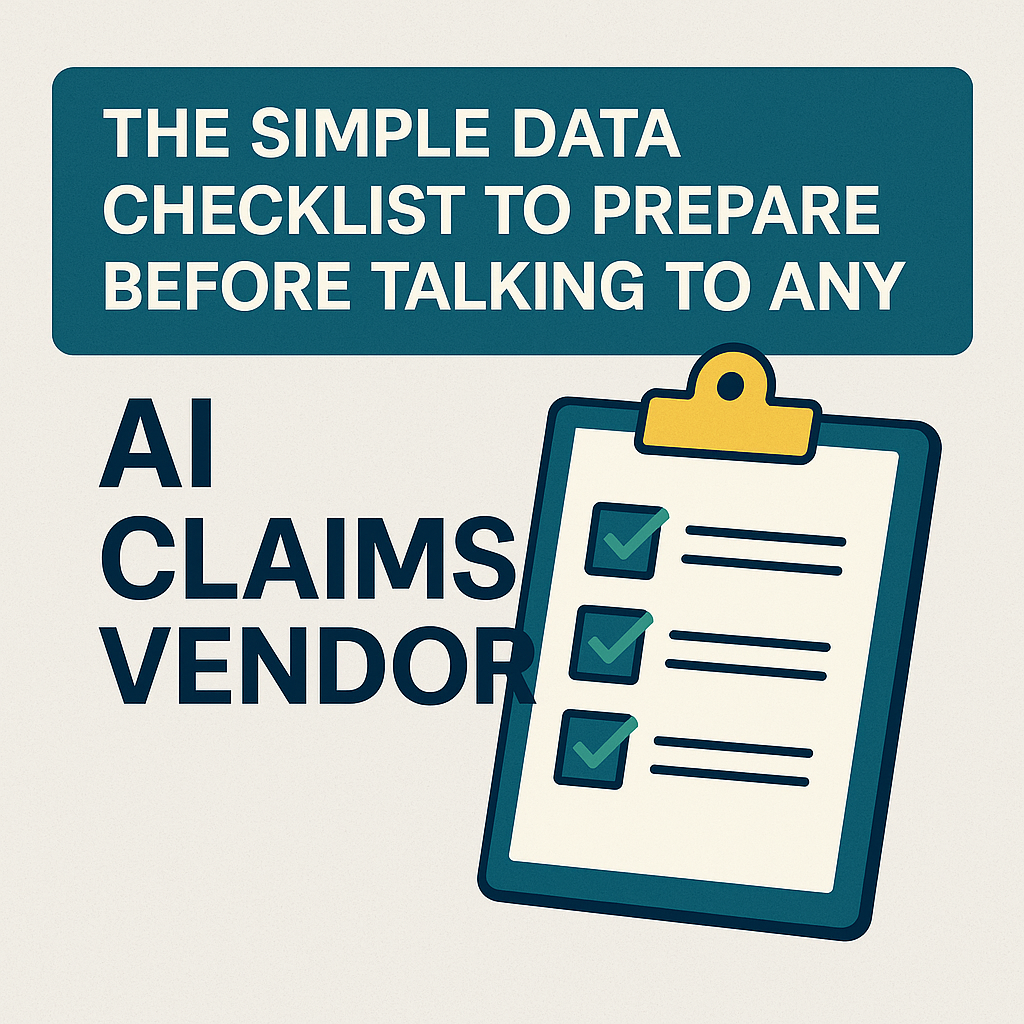Maximizing ROI: How Generative AI Is Transforming Health Insurance Profitability
Generative AI is changing the game for industries worldwide, and health insurance is leading the charge. While traditional AI automates repetitive tasks like data entry and fraud detection, Generative AI takes it a step further.
By automating complex workflows, reducing manual errors, and making data-driven decisions in real-time, Generative AI is accelerating efficiency, enhancing fraud prevention, and creating personalized experiences for customers. In this blog, we’ll explore how this technology is delivering substantial ROI and transforming health insurance operations for those ready to embrace it.
Generative AI and its Role in Health Insurance
Generative AI is a game-changer in health insurance. While traditional AI is limited to categorizing data, Generative AI goes a step further by not only analyzing historical data but also predicting trends, generating actionable insights, and automating complex decision-making. This means insurers can generate automated claims decisions, detect fraud in real-time, and even offer customized health plans tailored to the individual needs of each policyholder. The ability to create value through these processes leads to increased operational efficiency and improved profitability for insurers.
Benefits of Generative AI in Health Insurance
Generative AI provides tangible benefits across the health insurance process. Here's a closer look at how it improves efficiency, accuracy, and customer satisfaction:
- Improved Claims Processing Efficiency: By automating tasks such as data entry, form filling, and document verification, generative AI helps insurers dramatically reduce human workload and administrative delays. For instance, companies using Curacel’s AI-based solutions have cut claims processing time by up to 70%, enabling faster service delivery and improved customer satisfaction.
- Fraud Detection and Prevention: Generative AI learns from historical claims data to identify anomalies such as mismatched codes, false claims, and high-risk providers. By flagging suspicious activities early, it helps insurers prevent fraud before it becomes a costly problem, saving both time and money.
- Personalized Customer Interactions: Generative AI powers 24/7 customer support via chatbots and virtual agents, offering customers real-time, accurate, and personalized responses to inquiries. It can also offer customized health plan recommendations based on individual health profiles, which not only boosts customer retention but increases overall satisfaction and trust in the insurer.
Generative AI’s ROI in Health Insurance
Generative AI is more than just a technological advancement. It’s a strategic investment that delivers a strong ROI for health insurers. Here’s how it drives real, measurable returns:
Cost Saving and Operations Efficiency

Generative AI automates manual processes like claims adjudication, data entry, and document review, leading to substantial labor cost savings. By freeing up administrative teams to focus on more complex tasks, insurers achieve better resource utilization and faster decision-making. This results in both improved efficiency and significant cost reductions.
Customer-Driven Growth
Generative AI also powers value-added services, like wellness tracking and condition monitoring, which engage customers beyond their typical insurance policies. These personalized services not only help attract new policyholders but also increase retention rates by providing enhanced, ongoing value. With faster claims processing, customized health recommendations, and enhanced service, insurers can expect improved customer satisfaction and long-term profitability.
Future of Generative AI in Health Insurance
Generative AI in health insurance is evolving rapidly, and the benefits are already being realized. As the technology continues to advance, insurers can expect further improvements in operations, including:
- Real-time Risk Assessment Tools: I models are becoming more sophisticated, enabling insurers to conduct real-time risk assessments. This helps them make instant, data-backed decisions on underwriting and claims, allowing for more accurate risk evaluation and quicker policy adjustments.
- Voice, Image, and Text Integration: AI systems are increasingly capable of processing multiple data types (e.g., voice, image, and text) simultaneously, making claims processing more efficient. This integration will allow insurers to handle claims in real-time, reducing processing times and improving accuracy.
- Autonomous Claims Decision Engines: The future of claims processing lies in AI-powered systems that can make fully autonomous decisions, removing the need for human oversight. This technology will increase efficiency, reduce errors, and lower operational costs, positioning insurers to lead in a highly competitive market.
Final Thoughts: AI and Health Insurance Providers
Generative AI is not just a trend; it’s transforming the way health insurance providers operate. Early adopters of Curacel’s generative AI-based insurance solutions are already seeing the benefits in efficiency, cost savings, and improved customer experiences. As the technology continues to evolve, those who invest in AI now will be better positioned to lead in customer service, innovation, and profitability. Want to see how Curacel’s AI-powered solutions can help your business stay competitive? Reach out today to learn how our technology can drive transformation in your operations.
Subsribe to our newsletter to receive weekly content


























.svg)







